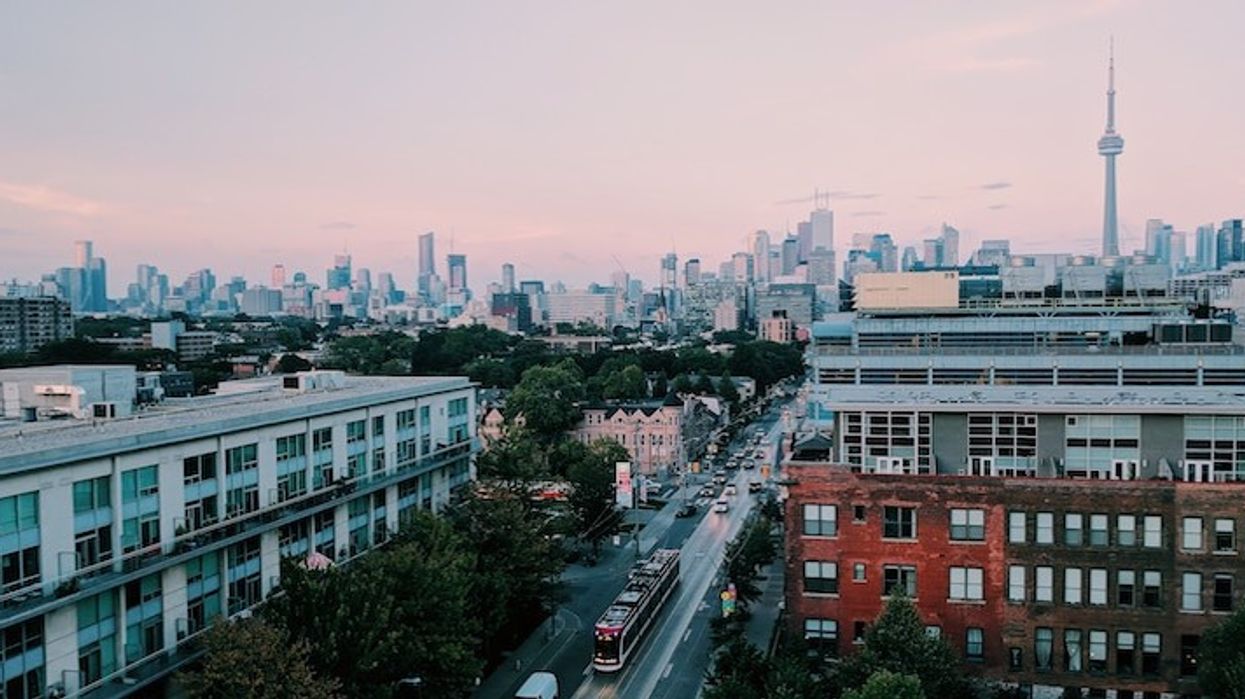March 2 is the deadline to make a Registered Retirement Savings Plan (RRSP) contribution for the 2019 tax year. But if you have a mortgage, the decision about how much to contribute could be complicated.
If you have a limited amount of money to put somewhere, and you have a mortgage that allows you to make extra payments, do you contribute to your RRSP or put it toward your mortgage debt?
“Interest rates on mortgages are at all-time historical lows, equities have actually been performing quite well, so if your rate of return in your investment portfolio is higher, it would make absolute sense to put it into the investments in the RRSP,” says Christopher Dewdney, a certified financial planner and founder at Dewdney & Co.
READ: Poverty in Canada Could be Eliminated with Annual $22K Basic Income: Report
But each person’s situation is unique, says Amy Dietz-Graham, portfolio manager and investment advisor at BMO Wealth Management.
It depends on what you invest in, your comfort level with debt, and other factors, so here are some things to consider when making that decision, according to three GTA financial advisors.
You’re a higher earner
The higher your income, the more likely it is to make sense to contribute to an RRSP, says Jackie Porter, a certified financial planner with Carte Wealth Management Inc.
As an example, in Ontario, if you are earning between about $48,000 and $78,000, you would be in an average 30% marginal tax bracket, she says. So, for every dollar you put in an RRSP, you would get 30 cents back. But if you are earning $220,000 or more, for every dollar you put in an RRSP, you are going to get 54 cents back. “So, the higher your income, the more compelling to make that RRSP contribution.”
You’re in a low tax bracket right now
“If you find yourself in a very low income tax bracket … you might see the opportunity where that’s going to grow substantially down the road and it might make sense to save that contribution room for later,” says Dietz-Graham. In this case, you are not going to be getting much of a refund anyway, she adds, so it might be better to put it in a tax-free savings account (TFSA) instead because most balanced investment portfolios return more than the interest you would save paying down your mortgage.
You or your spouse really don’t like debt
“Speak to your advisor, speak to your accountant, and if you have a spouse, speak to your spouse,” says Dewdney. “Typically, you have one spouse that is more aggressive and if you purchase a home together and one spouse is saying I want to pay down as much of it as possible and the other is saying I believe in the stock market ... it can cause problems in your relationship.”
Your investments are in REALLY safe products
If you are somebody who is going to put the money that you’re saving for retirement into a GIC or a savings account, you may earn between 1% and 3%. In that case, you are not going to earn more than the interest on the average mortgage, Porter says. “So you may be better off putting that down on your mortgage.” Even in a moderately conservative portfolio, the typical return right now is about 5%. “The key is it needs to be a higher interest rate than you would be paying on the mortgage,” she adds.
You’re getting closer to retirement
“That’s a really important time where you should really be getting advice,” says Dietz-Graham. You may want to clear your mortgage before entering into retirement, but it depends on how much of a mortgage you have, and whether you are locked in and have to pay penalties to make larger payments. She does suggest looking for ways to accelerate your mortgage payments if your lender gives you the option, whether it is making a lump-sum contribution or changing your payment schedule to weekly or biweekly.
READ: Average GTA Home Prices Rose More Than $55,000 in 2019: Report
You’ve got debt other than your mortgage
If you have debt with interest rates higher than a mortgage, such as credit-card debt or a loan from a private lender, consider paying that down before your mortgage or before making an RRSP contribution, says Dietz-Graham.
You’re lucky enough to have help from your employer
If you have a defined-benefit pension plan, Porter says the truth is you’re not going to be able to put much toward an RRSP anyway. In a scenario like that, paying down the mortgage may make more sense. But if your employer matches contributions to your RRSP, take advantage of that, says Dietz-Graham.
You’re a procrastinator
“Set it up so that it’s automatic, you’re not even thinking about it, it comes right off your paycheque,” says Dietz-Graham. “You’re going to be that much further ahead because as much as we all want to do these things, life gets in the way and we get busy and they never seem to get done.”
You want your cake and to eat it, too
You can potentially do both, says Dewdney, because you can put your RRSP refund to work on your mortgage. As an example, he says, “If you make a $10,000 RRSP contribution and you’re in the 40% tax bracket, you are going to get $4,000 back, so it only costs you $6,000. When you get your refund, you could take your refund and dump it on your mortgage. And in that way, with $10,000 you actually are able to contribute $14,000.”
You’re totally stressed out about the decision
There’s no silver bullet, says Dietz-Graham. But at least you’re thinking about it and that puts you further ahead than people who just make a snap, last-minute decision that might not work best for their financial situation.





















